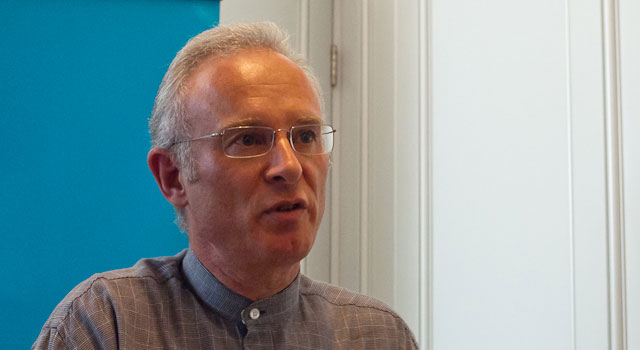
A new survey of the technology habits of South Africa’s student community shows that Facebook has become the default social network among students, with 97% of students in tertiary education using the platform.
Twitter is second at 67%, followed by YouTube in third place at 44%, according to the 2015 Student Tech Survey conducted by World Wide Worx and Student Brands, and funded by Standard Bank. Instagram is used by 40% of respondents, while WeChat, a new entrant in the market, is used by 22% of the student population.
More than 2300 students participated in the survey.
Fully 95% of the students surveyed have bank accounts, with 92% stating they were satisfied that their banking needs are being met. More than 83% rated their banks as “good” and “excellent” in the use of technology. “Ironically, visiting a bank branch remained the most popular form of getting information from the banks at 58%, telephonic assistance second at 51% and the website third, with 42%. Social media was still far down the list, at only 9%,” according to the researchers.
They found that 92% of students use WhatsApp for instant messaging, followed by Facebook Messenger at 55% and BlackBerry Messenger at 48%. South Africa’s Mxit application is used by only 17% — on a par with pinboard-sharing network Pinterest.
“Communication is at the heart of students’ use of technology,” says Daryl Bartkunsky, MD of the Student Brands youth portal. “They are also extremely budget-conscious, so anything that cuts the cost of making contact will appeal to them.”
Wi-Fi hotspots are students’ most important form of connecting to the Internet, while their campus is the most common location for connecting.
The research report shows that 38% of respondents are using Android devices, overtaking the previous leading operating system, BlackBerry, which is still used by a high 32%. A little more than one in 10 students – only 11% – still use feature phones, while the Windows Phone operating system is used by 7% of the sample, marginally ahead of Apple’s iOS.
“BlackBerry’s 32% keeps it in the number one spot in terms of brand of phone used by students, ahead of Samsung at 27% and Nokia at 21%,” the researchers say. “When asked for their brand preference regardless of affordability, one out of every two respondents chose the Apple iPhone. Samsung came in second at 29%, and Sony in third place at 9%.”
“There is a vast affordability gap between what students wish they could get and what they intend to get,” says World Wide Worx MD Arthur Goldstuck.
“According to student intentions, 43% will buy a Samsung phone next, with the iPhone coming in second at 17%, followed by Nokia at 11% and BlackBerry still making a showing at 10%.”
On whether students felt they were addicted to social networks, 11% admitted to being “very addicted” to social networking, although a further 43% said they were “a little addicted”.
Instant messaging, on the other hand, saw double the proportion — 20% — admit to being “very addicted”. Just over a third, or 35%, said they were “a little addicted”.
Exactly a quarter of students acknowledged that they gave their smartphones and social networks priority over studying for tests and exams, and a similar proportion – 25% – admitted using these during lectures instead of paying attention. One in five said they were emotionally affected by what they saw or shared on social media, the researchers say.
However, the vast majority – nine in 10 — said that technologies such as smartphones, the Internet and social media help them research better, while 67% said it helps them increase their knowledge of the subject they are studying. — © 2015 NewsCentral Media




